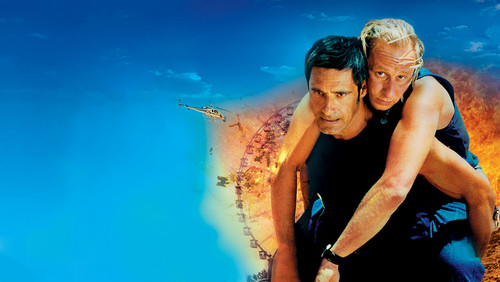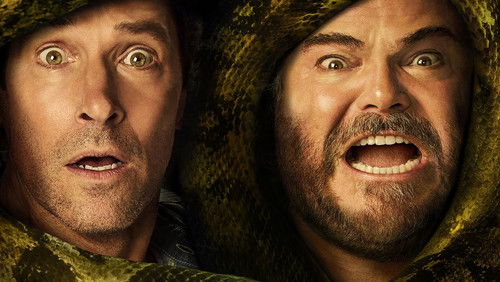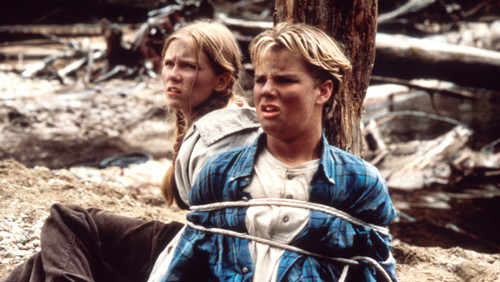Rivalen unter heißer Sonne (1959)
63KRivalen unter heißer Sonne: Directed by Richard Thorpe. With Robert Taylor, Anthony Newley, Anne Aubrey, Grégoire Aslan. In the 19th century,during the German colonial rule,railway engineer Robert Adamson arrives in the Kilimanjaro Region to finish building a railroad through hostile territory.
“Taylors performance is like that in the Valey of the Kings – somehow monotone. But may be that is how he had to act in his role. Perhaps Stewart Granger would have been the better choice as in the inimitable King Solomons Mines, which is the ultimate unrivaled Africa-adventure-film. The setting in Killers is beautiful, apparently not Arizona. Watusha land? I did not come across it travelling through Tanzania, Kenia, Uganda. It is a pity that Col. Pattersons Ghost and Darkness story was not filmed in the fifties or forties when they knew how to make films. Today too quickly a lack or tiredness of brainwork is replaced by computer work or stupid overaction-action. The opening of the film was made in Old town Sansibar! Thank You for that. Taylor looks as if he had a problem with alcohol. Where did the lady get the hairdressing after days of bush trekking? The train was also too modern. Slave trading in Eastern Africa? Yes! From, 17. till 19. century Sansibar under the domain of the Sultan of Oman was a center of East-African slave trading. But it was pushed back more and more from Britain and Germany although slave trading was still holding a stand around the Red Sea till the middle of the 20. century. In Saudi-Arabia slavery was abolished in 1963 publicly, but it is still existing in secret. Slave trading came to a renaissance in the 1970s during the Sudan conflict since the girls from Sri Lanka and the Philipines are not longer ready to go to the Arabs in the needed numbers. The crash of Somalia 1990 revived the slave trading again. Especially the Sudan is a fortress for the misuse of the black people. Slave trading is an abhorrible crime to humanity. Any country which allows this practice shows a backwardness which should not be tolerated by the family of nations. Of course it is pure accident that all those countries are Islamic. In Sansibar slavery was abolished by the Brits in 1897. But back to the film: That German officials are working together with slave traders to attack a harmless group of anglo-saxons has nothing to do with historic facts. But who else could play the villains. The German troop commanders of the Eastern-African army corps were in high esteem among the local askaris. How else could their faithful support be explained which gave so much nuts to crack to the superior British forces in the WWI battle field of Eastern Africa. Small numbers of German led Askaris with insufficient supply and poor weaponry withstood superior British forces. When they surrendered the British commanders allowed the officers to retain their weapons as a mark of respect for their most remarkable achievement. The allied casualty list was10 times longer than those of the enemy although the Brits outnumbered the enemy 10 to 1. The film shows the opposite. 200 German led Askaris with guns are defeated by 3 or 4 Brits who have only the support of some spearmen. That for a film 14 years after WW II? A little disturbing. English travelers of the time when Tanzania was a German colony highly paid respect to the German efficiency of colonial government, like The Cape-to-Cairo EwartGrogan, the British Hemingway as the Sunday Telegraph called him. That sort of exaggerating anglo-saxon heroism at the cost of the opponents reduces the worth of such films. Entertainment yes, but the art of entertainment is much bigger when keeping to facts. But you have to work hard sometimes to make facts interesting. Films that serve clichés are primitive and something to forget quickly. The film shows also why so many wild animals were exterminated until the fifties. Whenever a rhino or a lion shows up too close to a white mans gun it is gunned down. Great achievement of these white heroes, indeed. by the way Kilimanjaro was till 1918 the highest mountain on u0026quot;Germanu0026quot; territory!”









